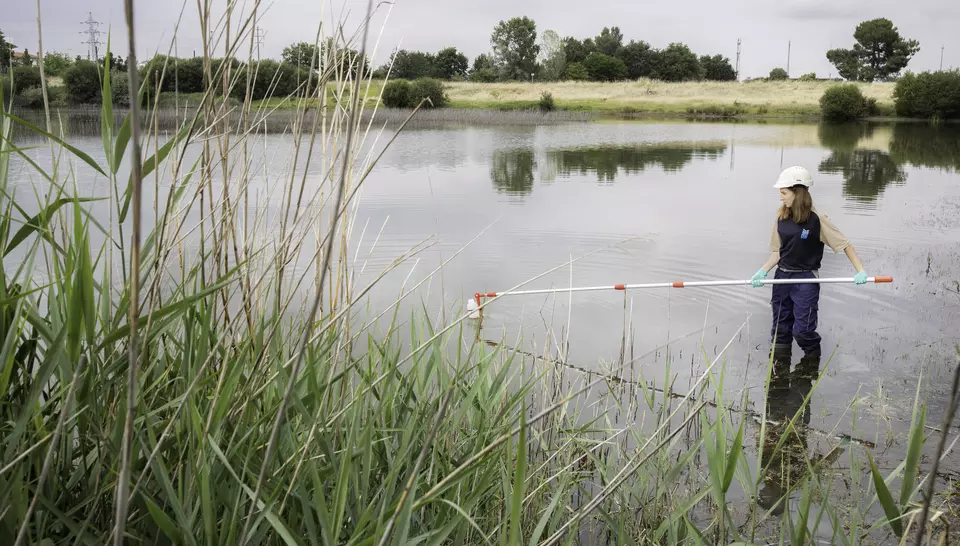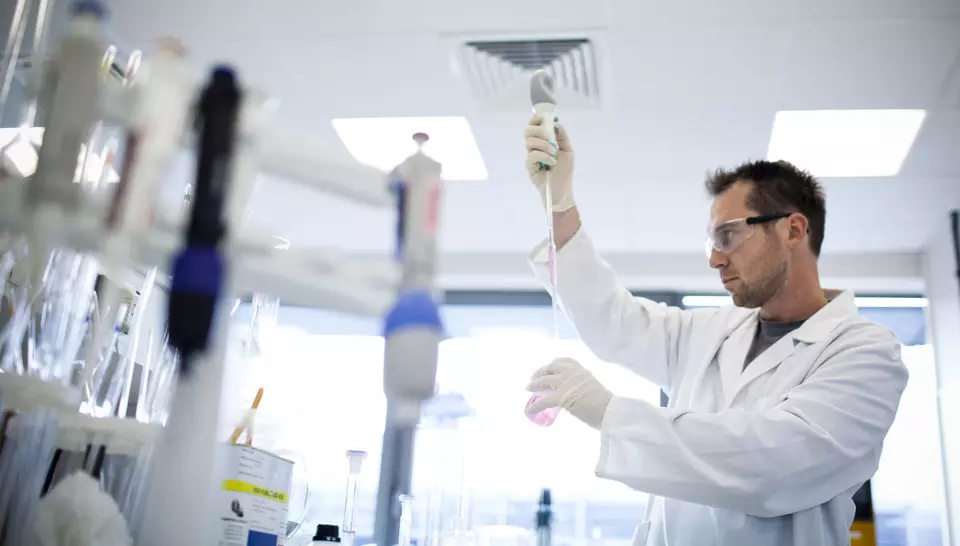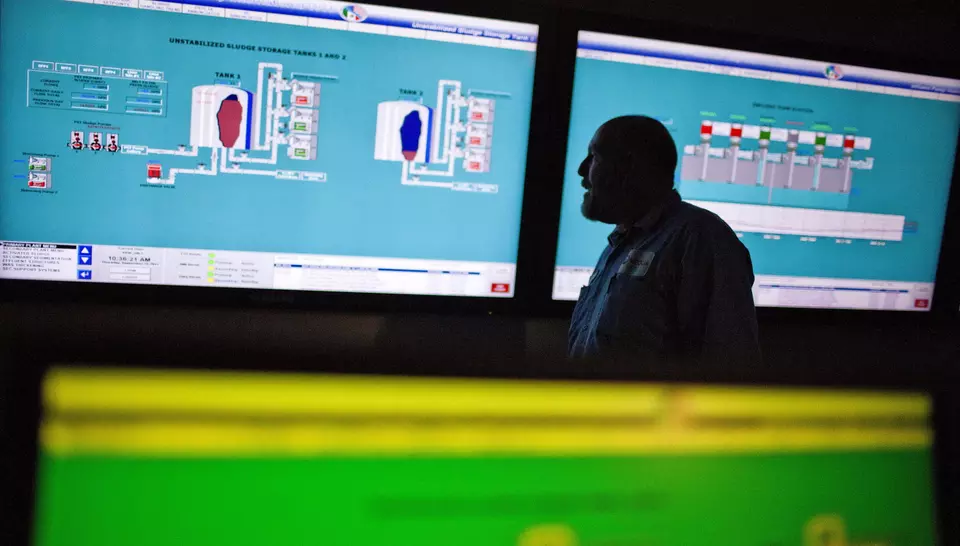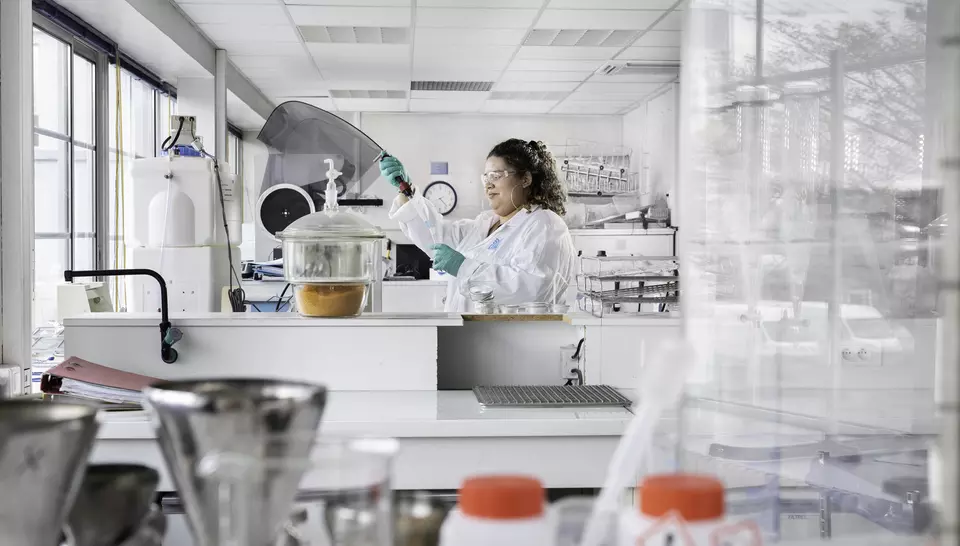In Denmark, Veolia has, for several years now, been making a major effort to develop an innovative solution to treating the micropollution created by the presence of medication waste in municipal water. This initiative reflects the growing concern in our societies in the face of micropollutants, and the new solutions that could prove essential tomorrow.
Beyond the risks linked to the deterioration of the environment, water pollution is also one of the health priorities of the century, if not the health priority. In 2017, one of the most important scientific studies on the subject in recent years concluded that the death of more than one person in six was due to illnesses caused by pollution – and 90% in low-income countries. Among the difficulties encountered in stepping up pollution treatment is the lack of information, both on polluting substances and their toxic effects, particularly when they are combined, in what is known as the cocktail effect. In a word, the risk of illnesses linked to pollution, and especially micropollution, is very difficult to quantify.
Micropolluants and water: a phenomenon difficult to control
The problem is particularly acute regarding endocrine disrupters, the compounds that affect the human hormone system. As a historic report by the WHO stated in 2013, endocrine disrupters come from numerous sources (municipal and industrial effluents, runoff from farmlands, and waste management) and expose human beings to health risks from many sources (the ingestion of food, dust and water, inhalation, and contact with the skin). Although the effects of endocrine disrupters on both humans and animals are proven, the lack of information on the environmental conditions in which ailments can develop remains striking.
Micropollutants, toxic substances that can be detected at very low levels (from the microgramme, even nanogrammes, per litre) are for the moment only suspected of having negative effects on human beings (endocrine disruption or cancer). “The phenomenon remains vague, complex: we still don’t know precisely how it works,” says Philippe Sébérac, Technical and Water Performance director at Veolia. “Today, authorities in France and elsewhere have not made it compulsory to include these molecules in water quality controls: exploratory analyses are carried out, but no toxicological criteria or maximum admissible level have been set”. And although the presence of ‘suspected’ endocrine disrupters in French water has been proved, as shown in recent analyses of public data, it has not yet been possible to evaluate the environmental and health risks they cause.
The phenomenon remains vague, complex: we still don’t know precisely how it works.
Treating micropollutants: a topic for R&D
To remedy this, the effort needed to characterise the micropollutants present in water remains huge, and is likely to require more and more complex or “multi-barrier” approaches that act on several levels. It could also lead to changing the model governing water quality standards: today they are linked to the presence – or absence – of a substance in a given environment. Tomorrow, could they not concentrate rather on their effects on living organisms?
Bio-tests, which provide scientific characterisations of the effects of pollutant compounds on metabolisms, are therefore likely to develop sharply, but for the moment, the subject of micropollutants, which involves both water quality management and protecting the environment, and affects numerous types of molecule (from detergents to pesticides, cosmetics and medication waste), remains a tricky one.

In the absence of international regulatory standards, the solution lies above all in R&D: “We are not toxicologists or microbiologists, and health studies are not our role; so, while following the evolution of the recommendations made by the authorities, we bring our expertise into play in several fields of experimentation,” he adds. This is particularly the case of micro-plastics: while their treatment requires a known technological expertise, this is not the case with their characterisation. In other words, knowing when, where and how to treat them is the top priority, and experiments, following demand from several local authorities, have been launched to this effect.
The treatment of residual medication in wastewater: a pioneering experiment
“Looking at things differently” should also be applied to the treatment and elimination of residual medication in wastewater. In Aarhus, a Danish city of some 300,000 inhabitants, an experiment was launched in 2014 to trace and treat micropollutants in the wastewater of the city’s University Hospital Centre, then in the municipal purification plant. The aim was to ensure that the hospital’s purification system could treat the risk presented by the presence of small quantities of medical molecules (anti-depressants, anti-inflammatory and anti-cancer medication) in wastewater as efficiently and ecologically as possible.
But this project initially provided some responses in terms of the characterisation of the wastewater to be treated. That of the hospital or of the city? As few medicines are consumed on site, it was decided that the municipal wastewater and not that of the hospital was to be given precedence. This was a key piece of information for the project decision-makers.
As Philippe Sébérac reports, this “enabled us to test a biological treatment technology, MBBR, or Moving Bed Biofilm Reactor, which uses micro-organisms to break down organic matter, and not ozone or coal as is usually the case. We now know more on the subject.” Up to 90% of the city’s waste medicines present can be eliminated. This hitherto unknown solution is destined to develop. Qualified as “light”, the solution increasingly meets economic imperatives, a constraint deemed essential to the development of the treatment of micropollutants.
When can we expect to see its widespread deployment?
Up to 90% of the city’s waste medicines present can be eliminated. This hitherto unknown solution is destined to develop.







